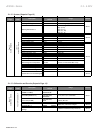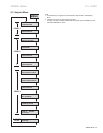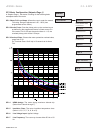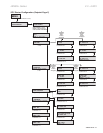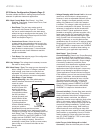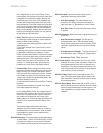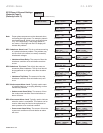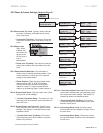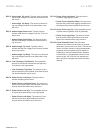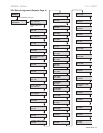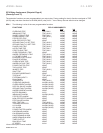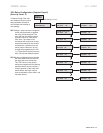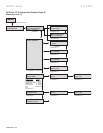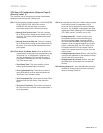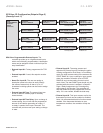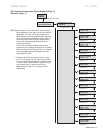JKSSS+ Series - 52
JKSSS+ Series 2.3 - 4.2KV
Typically used to indicate
that the line voltage is too high and at which point a
trip occurs
The amount of time that
the overvoltage condition must exist before a trip
will occur.
Typically used to
indicate when the line voltage is too low. This is an
alarm level.
The amount of time
that the overvoltage condition must exist before a
trip will occur.
Typically used to
indicate that the line voltage is too low and at which
point a trip occurs
The amount of time that
the undervoltage condition must exist before a trip
will occur.
The acceptable
amount of drift above or below the line frequency
(Hz) before a trip is generated.
The amount of time
that the frequency drift condition must exist beyond
the window before a trip will occur.
Typically used to
indicate a leading power factor.
The amount of
time that the power factor lead condition must exist
beyond the window before a trip will occur.
The acceptable amount
of power factor lead before a trip is generated.
The amount of time
that the power factor lead condition must exist
beyond the window before a trip will occur.
Typically used to
indicate a lagging power factor.
The amount of
time that the power factor lagging condition must
exist beyond the window before a trip will occur.
The acceptable amount
of power factor lag before a trip is generated.
The amount of time
that the power factor lag condition must exist
beyond the window before a trip will occur.
The soft starter
measures the demand of the motor for several
parameters (current, kW, kvar, kVA). The demand
values of motors assists in energy management
programs where processes may be altered or
scheduled to reduce overall demand. Demand
is calculated by a programmed amount of time
where current, kW, kvar and kva samples are
taken and then averaged and stored to assess
demand.



